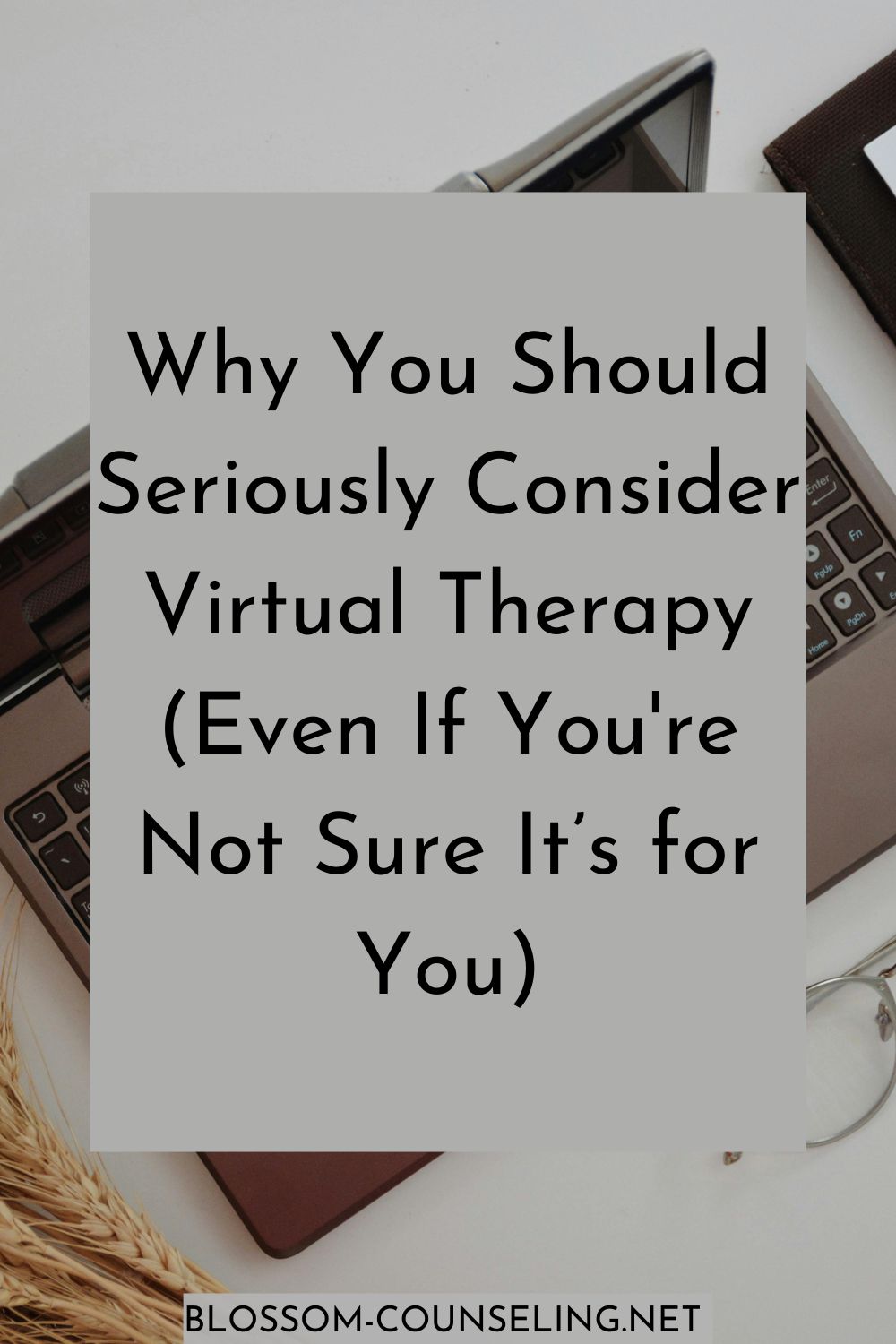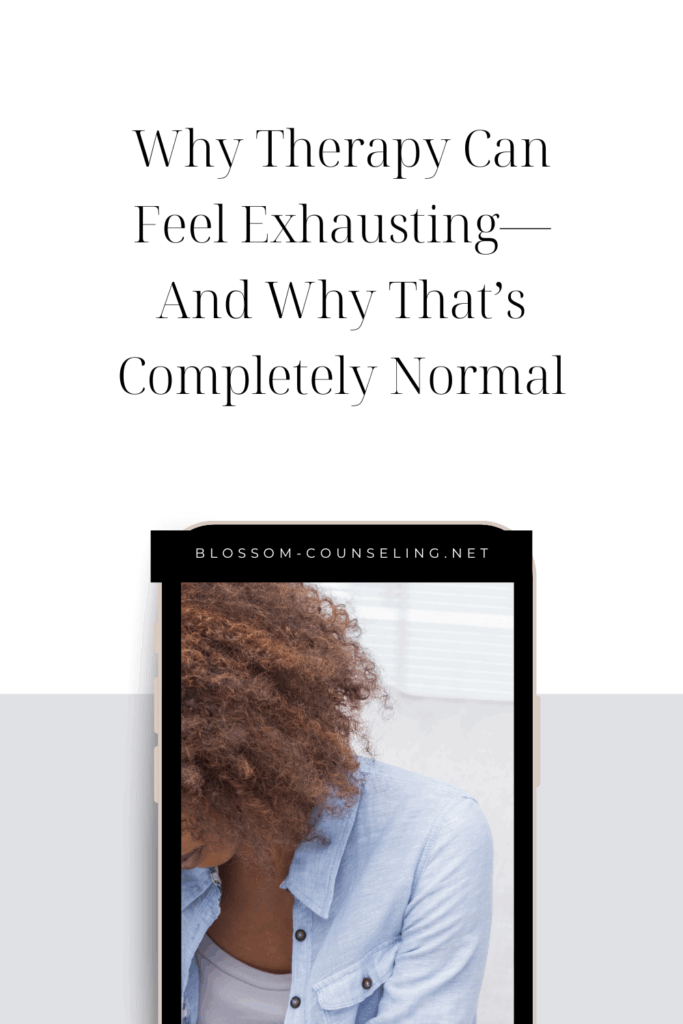
Let’s be real—there was a time when “online therapy” sounded like a temporary fix, something we all turned to because we had no other choice. But fast forward a few years, and virtual therapy isn’t just a backup plan—it’s a fully legitimate, effective, and even preferred way for many people to take care of their mental health.
Whether you’re new to therapy or thinking about switching things up, it might be time to reconsider what virtual therapy can actually offer. Spoiler alert: it’s not just about convenience (though yes, attending sessions in sweatpants is kind of amazing).
Therapy That Fits Into Real Life
One of the biggest reasons people give up on therapy—or never start—is that it just doesn’t fit into their schedule. Between work, school, family, and general life chaos, finding time to get to an office, deal with traffic, and sit in a waiting room can feel like a whole separate task.
Virtual therapy makes it easier. Sessions happen wherever you are (as long as you’re in the state where your therapist is licensed), and that flexibility can be a game changer. It means you can squeeze in a session on your lunch break, after you’ve put the kids to bed, or even during a quiet moment in your car—yes, car therapy is a thing, and it’s valid.
You Might Actually Open Up More
There’s something powerful about being in your own space when you talk about hard things. You don’t have to worry about someone seeing you cry in a waiting room or feel the awkwardness of walking past a receptionist post-breakdown. Being at home—or wherever you feel safe—can lower the emotional barriers that sometimes make it hard to get vulnerable in therapy.
Some people find they can express themselves more freely in virtual sessions, especially if they deal with anxiety, shame, or social discomfort. When the environment feels more familiar, the conversation often goes deeper.
Consistency Builds Momentum
We all know that therapy works best when it’s consistent—but life doesn’t always cooperate. Weather delays, travel schedules, a surprise cold—any of these things can throw off your in-person therapy routine. Virtual therapy makes it way easier to stick with it. You can stay on track even when you’re out of town, snowed in, or just having a day where getting out of bed is a victory.
Over time, that consistency adds up. Regular sessions help build trust, process emotions more effectively, and create lasting change.
Same Expertise, Different Format
There’s a common (and outdated) assumption that virtual therapy is somehow less “real” than in-person work. But here’s the truth: licensed therapists bring the same training, empathy, and insight to your screen as they do to their office. In fact, many therapists now specialize in virtual care and tailor their techniques to work well over video.
From CBT to DBT, mindfulness to trauma work, a lot of therapy modalities translate beautifully online. Some clients even prefer tools like screen sharing, virtual whiteboards, or chat-based reflections that you won’t get in a traditional office setting.
Privacy, Accessibility, and Equity
Virtual therapy also expands access in ways that matter. People in rural areas, those with chronic illness or mobility challenges, or folks without reliable transportation often face real barriers to in-person care. Virtual sessions remove many of those obstacles. You still get quality support, just without the commute or added logistics.
It also offers more privacy. There’s no running into someone you know in a waiting room or trying to explain to coworkers where you’re “going” every Wednesday afternoon. For some, that alone can be the difference between getting care and going without it.
It’s Not for Everyone, But It’s Worth a Look
Of course, virtual therapy isn’t a perfect fit for every person or every situation. Some people genuinely thrive more in face-to-face interactions. Some therapeutic approaches, especially those involving young kids or certain types of trauma work, might need in-person support. But for many people, it’s a powerful, flexible, and totally valid option.
The takeaway? If you’ve been on the fence, it’s worth asking: not just “can I do therapy virtually?” but “could I actually do it better this way?”
Because when therapy meets you where you are—literally and emotionally—it becomes something sustainable. And that’s what makes all the difference.
Our team of compassionate therapists is here to help you find the support you need. We believe in a holistic approach, treating your mind, body, and spirit. With a blend of traditional and alternative therapies, we tailor your experience to meet your unique needs. At Blossom, we create a non-judgmental space where you can be your authentic self. Our goal is to empower you, amplify your strengths, and help you create lasting change. Together, we’ll navigate life’s challenges and help you bloom, grow, blossom! You deserve to become the best version of you.




